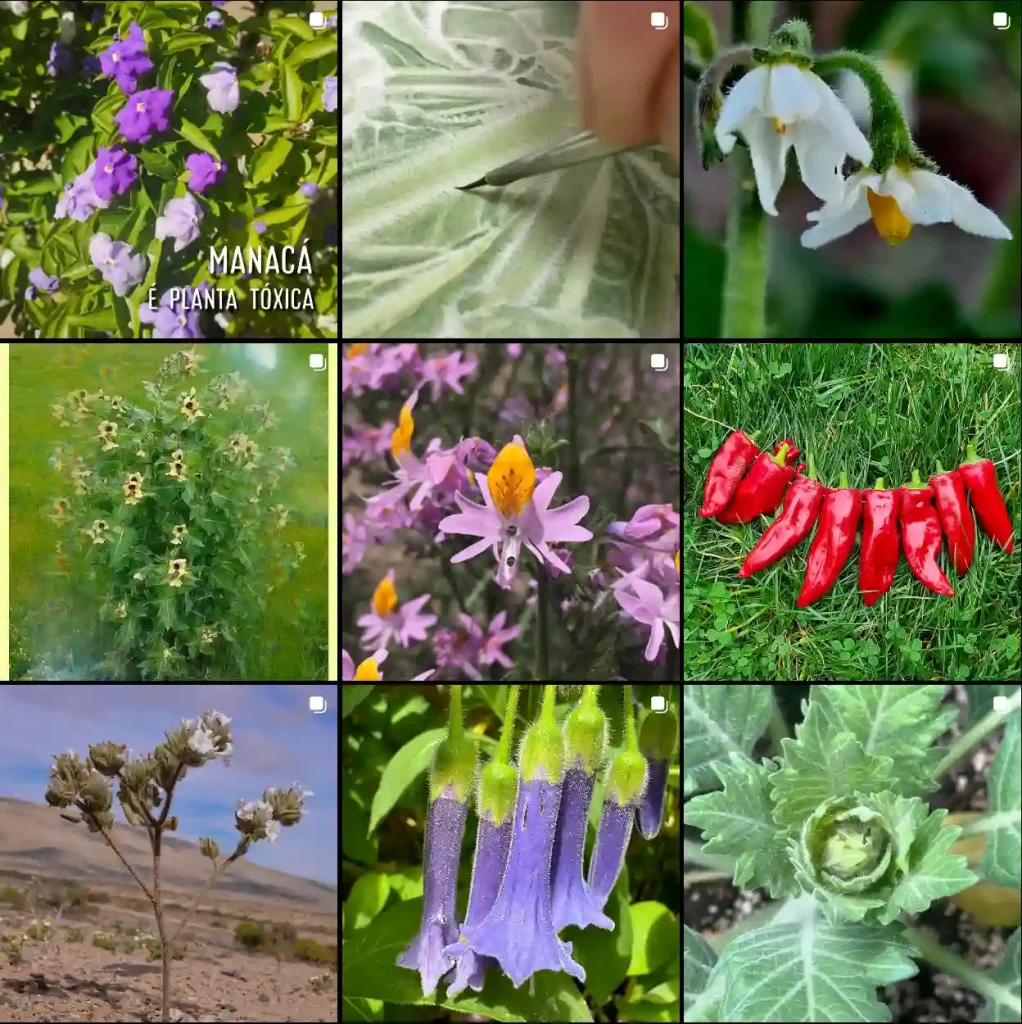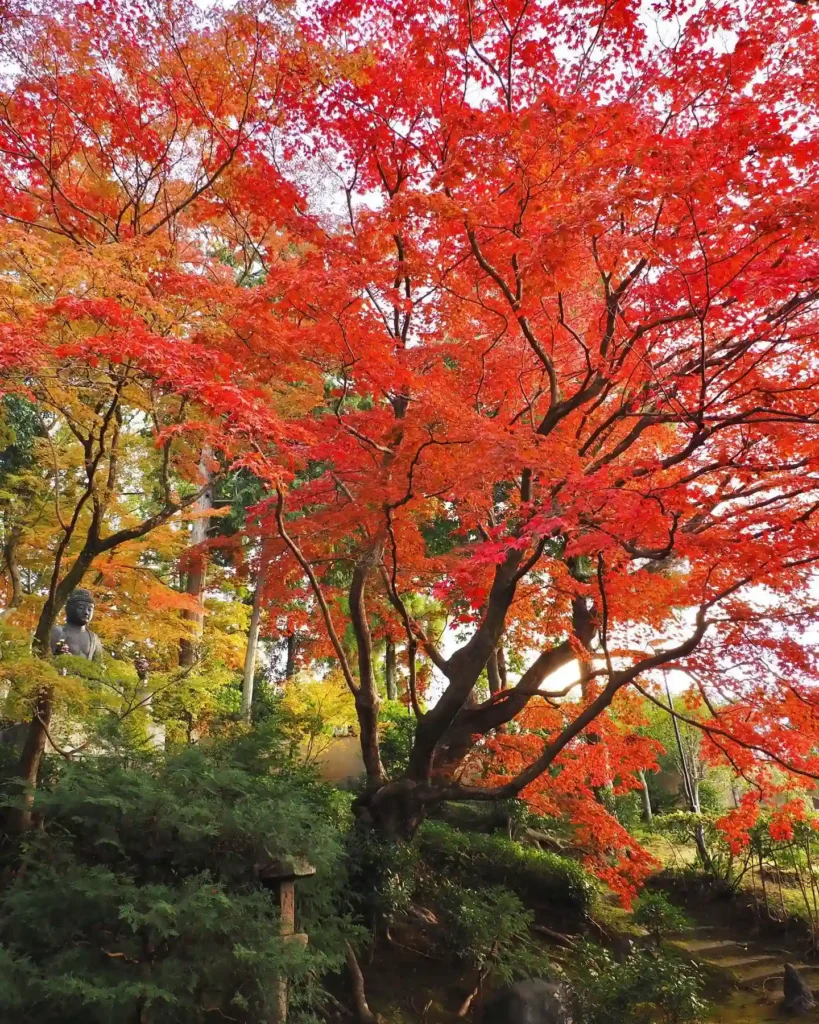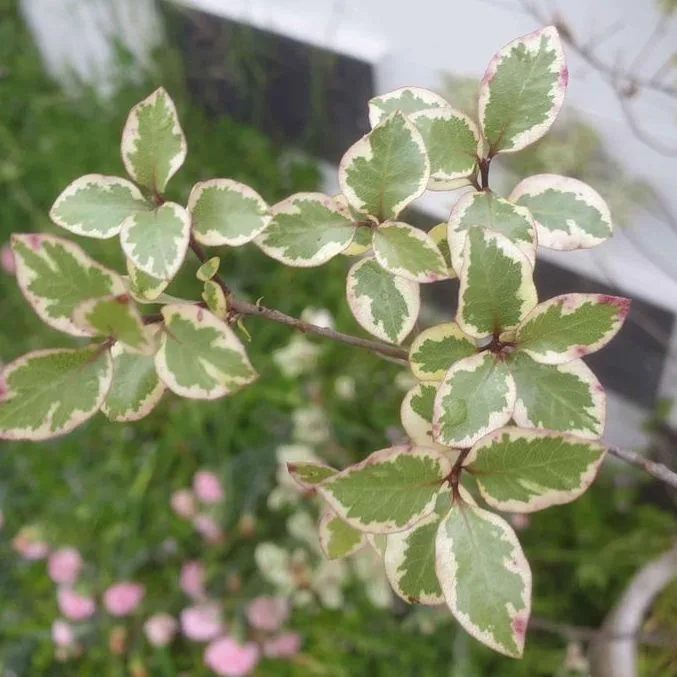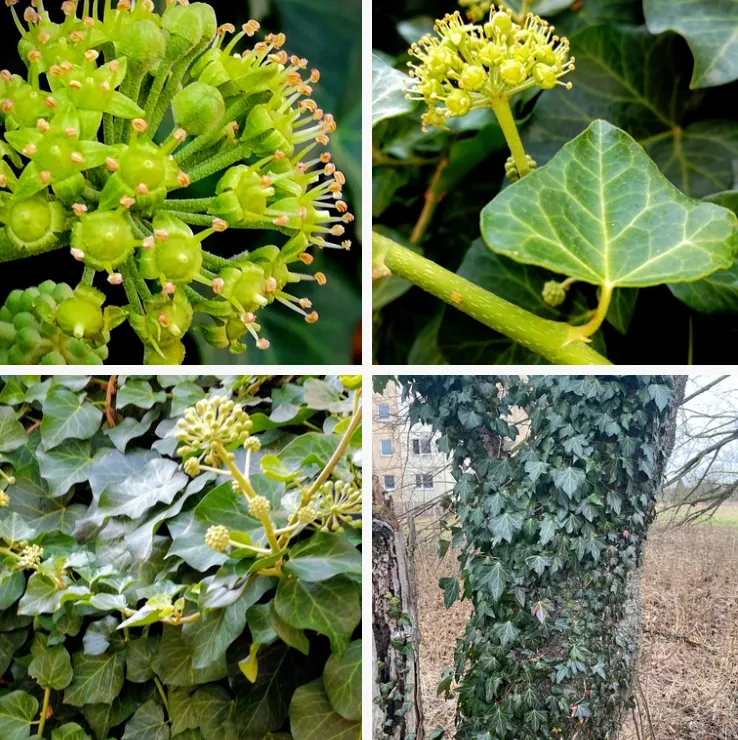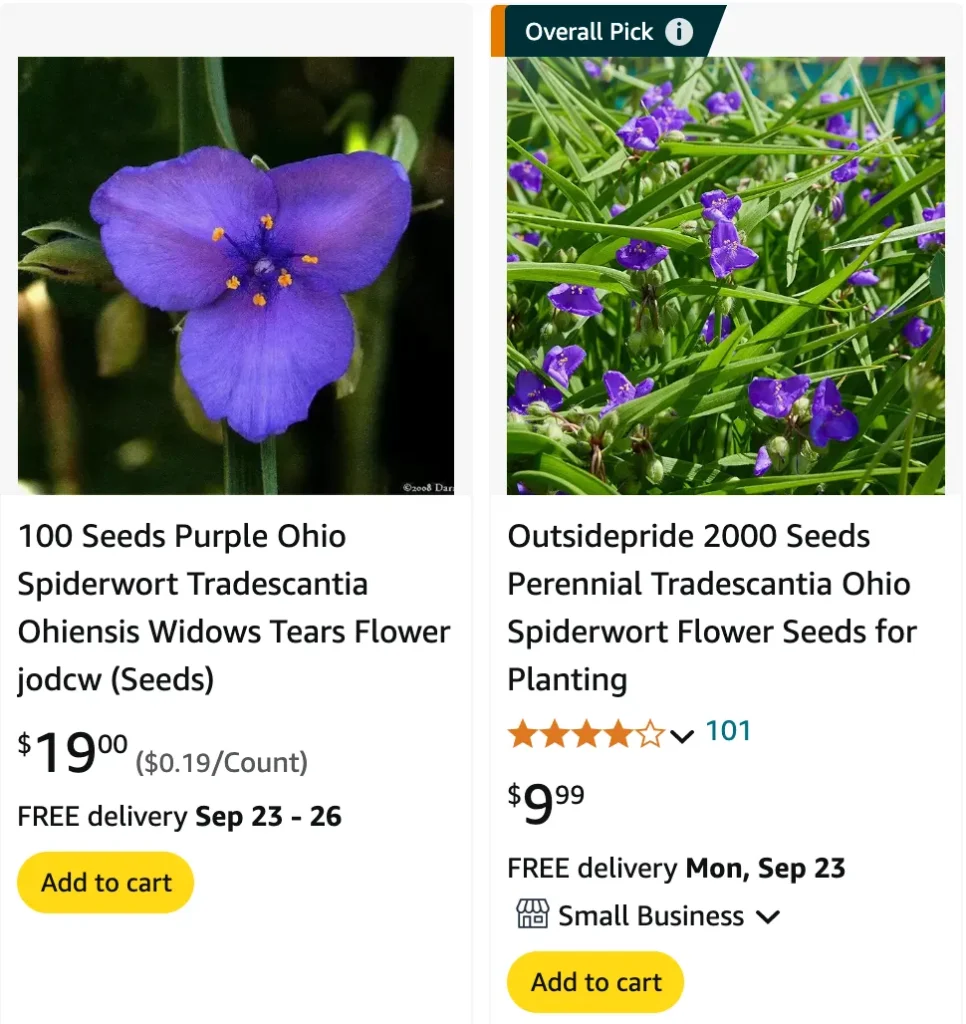
FAQs About Tradescantia Ohiensis
As a plant enthusiast, I’ve come across many fascinating species, and Tradescantia Ohiensis, also known as Ohio Spiderwort, stands out for its beauty and resilience. If you’re considering adding this plant to your garden or indoor space, you might have several questions. Here’s a comprehensive guide based on my experiences and research.
86 Species in Genus Tradescantia
What is Tradescantia Ohiensis?
Tradescantia Ohiensis is a perennial plant native to North America. It’s renowned for its striking, iridescent blue flowers that bloom from late spring to summer. This plant typically features lance-shaped leaves and forms a dense, clumping habit. It’s a hardy plant that can tolerate a range of soil conditions and is known for its ability to spread quickly, making it an excellent choice for ground cover.
How to Care for Tradescantia Ohiensis?
Caring for Tradescantia Ohiensis is relatively straightforward. Here’s what you need to know:
- Sunlight: It thrives in full sun to partial shade. In hotter climates, some afternoon shade can be beneficial to prevent leaf scorch.
- Watering: Keep the soil consistently moist but not waterlogged. It’s essential to let the top inch of soil dry out between waterings.
- Soil: This plant prefers well-draining soil. It can grow in a variety of soil types but does best in loamy, rich soil.
- Fertilization: Fertilize once a month during the growing season with a balanced, all-purpose fertilizer. Avoid over-fertilizing as it can lead to excessive foliage at the expense of flowers.
- Pruning: Remove spent flowers and any dead or damaged foliage to encourage new growth and maintain the plant’s appearance.
How to Propagate Tradescantia Ohiensis?
Tradescantia Ohiensis is relatively easy to propagate through division or cuttings:
- Division: In early spring or fall, you can divide the clumps of the plant. Carefully separate the root ball into smaller sections and replant them.
- Cuttings: Take 4-6 inch cuttings from the tips of healthy stems. Remove the lower leaves, dip the cut end in rooting hormone, and plant in a pot with moist potting soil. Keep the cuttings in a warm, bright location until roots develop.
What to Plant With Tradescantia Ohiensis?
Tradescantia Ohiensis pairs well with a variety of plants. Consider combining it with:
- Hostas: Their shade tolerance complements the Tradescantia’s need for partial shade.
- Daylilies: They add a burst of color and contrast nicely with the blue flowers of Tradescantia.
- Ferns: Their delicate foliage creates an interesting texture contrast.
Can You Grow Tradescantia Ohiensis Indoors?
While Tradescantia Ohiensis is primarily an outdoor plant, it can be grown indoors if you provide the right conditions. Place it in a bright location with indirect light. Ensure the soil remains consistently moist and provide good air circulation to prevent fungal issues. Keep in mind that indoor growth might be less vigorous compared to outdoor conditions.
Is Tradescantia Ohiensis Toxic?
Tradescantia Ohiensis is not considered toxic to humans or pets. However, it’s always best to keep any plant out of reach of young children and pets to prevent accidental ingestion.
Benefits of Tradescantia Ohiensis
- Low Maintenance: It requires minimal care, making it ideal for busy gardeners.
- Attractive Foliage and Flowers: Its vibrant blooms and lush foliage add aesthetic value to any garden.
- Erosion Control: Its rapid growth and dense coverage make it effective for controlling soil erosion.
Common Problems with Tradescantia Ohiensis
- Leaf Spot: Fungal infections can cause leaf spots. Ensure good air circulation and avoid overhead watering.
- Pest Issues: Watch out for aphids and spider mites. Regular inspection and appropriate insecticidal treatments can help manage these pests.
Tradescantia Ohiensis vs. Tradescantia Virginiana
When comparing Tradescantia Ohiensis with Tradescantia Virginiana, there are a few key differences:
- Flower Color: Tradescantia Ohiensis typically has blue flowers, while Tradescantia Virginiana often features pink or purple blooms.
- Growth Habit: Tradescantia Virginiana tends to have a more upright growth habit, whereas Tradescantia Ohiensis spreads more readily.
- Leaf Shape: Tradescantia Virginiana usually has broader, more ovate leaves compared to the lance-shaped leaves of Tradescantia Ohiensis.
Both species are beautiful and hardy, but your choice may depend on your color preference and garden space.
Conclusion
Tradescantia Ohiensis is a versatile and attractive plant that can enhance your garden or indoor space with its vibrant blooms and lush foliage. Whether you’re growing it as ground cover or a decorative feature, it’s a hardy plant that’s relatively easy to care for. By understanding its needs and potential issues, you can enjoy the beauty of Ohio Spiderwort for years to come.
If i die, water my plants!
